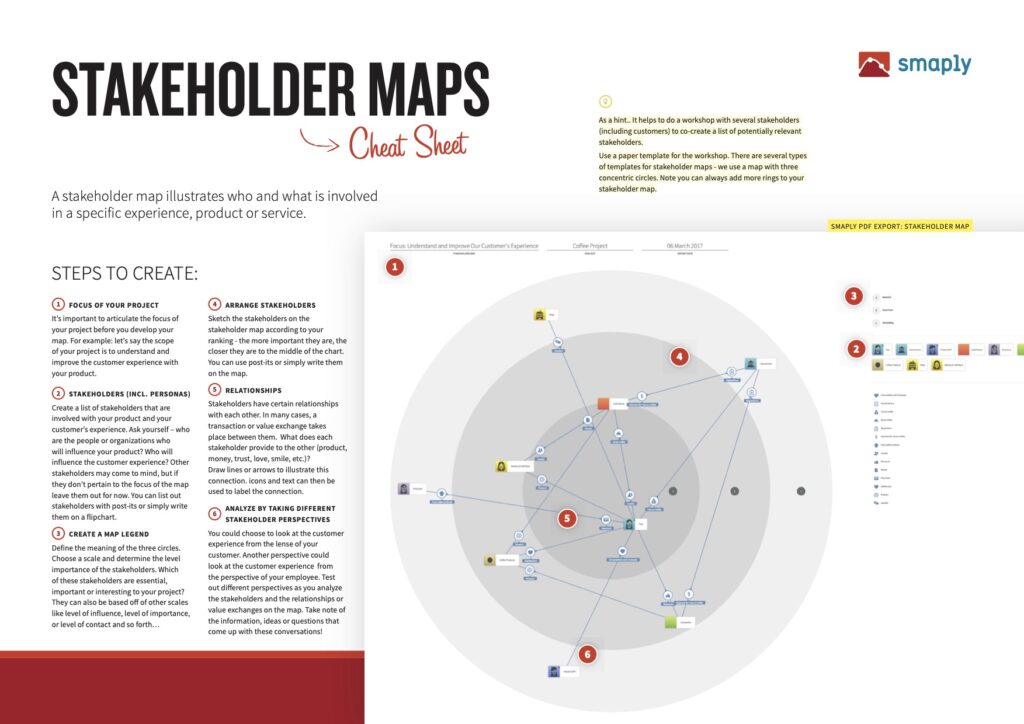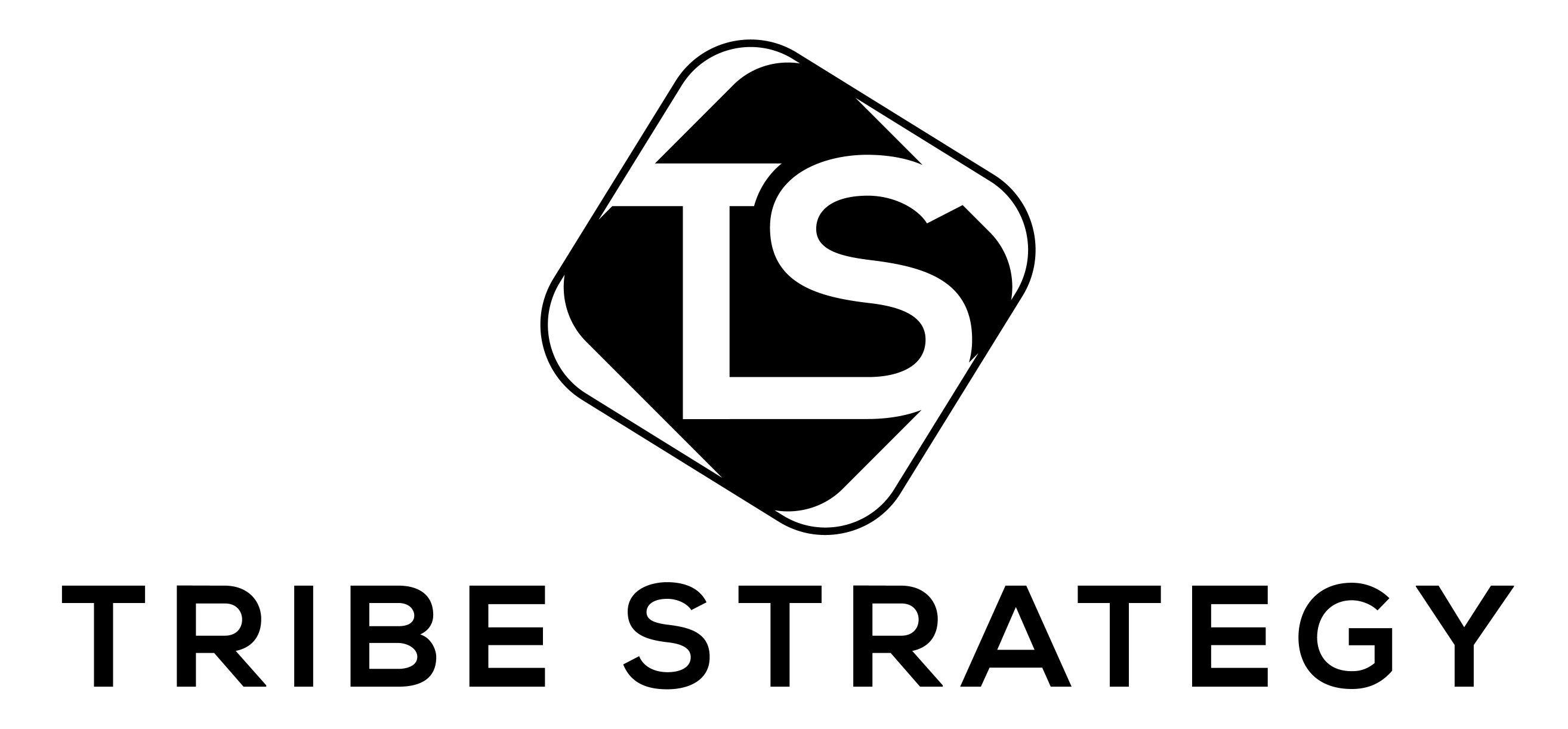In Part 2 of 3 of our Back To School Series, we will explore the “Quiet Game.” Traditionally, the “Quiet Game” is a game used to get a classroom of rowdy children quiet, which makes it more beneficial for teachers than it is for students. Everyone is to be quiet, and anyone who makes a sound, or speaks, loses the game.
For young children, it becomes an exciting display of reverse psychology that works, to a point. Some children peek around to see who is the ‘most’ quiet, while some test the limits on what sounds they can make so that their friends hear them but not the teacher. In contrast, other children try to make small indiscernible noises while not being called out as the culprit, and ultimately losing the game (and potentially getting into trouble). In the world of customer success, the “Quiet Game” is the last game we want to play.
When a customer stops talking and engaging, we stop learning about what is happening in their business, particularly around our solution, which leads to a disconnect in the customer’s long term success. This silence also inhibits our ability to continue to build that relationship with the customer. In short, the quiet game becomes a losing game for the Customer Success Manager and the organization he/she represents.
There is nothing more unsettling than a customer going quiet on a Customer Success Manager, and it can happen for a variety of reasons. No Customer Success Manager worth his/her salt wants to get hit with abrupt, or even gradual silence, from a customer. Below we’ll dive into three essential strategies a Customer Success Manager can leverage to avoid or prevent the quiet game from making its way into the relationship:
- Preventing the Silence
- Recognizing the Silence
- Overcoming the Silence
Preventing The Silence
Do Your Homework
You don’t get a second chance to make a first impression, so avoiding a customer going quiet begins at the beginning of the relationship. We’ll talk more about the importance of first impressions in another post, but the key here is to prepare and understand stakeholder dynamics. Study the customer and their business. What challenges does their industry face? How long has your point contact been with the organization? Learn as much as you can about this person and examine where they fit in the environment’s hierarchy and power structure. This exercise may mean building out a stakeholder map as well. Creating a stakeholder map may be more beneficial than a traditional organizational ‘org’ chart. It groups people by their interests and proximity to your solution, not solely by what team they are on. Here’s an example (Source: Smaply):

Conduct A Thorough Handoff w/ Sales
Most organizations have formats to connect with the sales representative, but you want to be sure to go beyond just checking the call off the box. Take advantage of that time to understand the sales cycle, any concerns and objections introduced, and how the sales team addressed those items. Why do they need a solution like yours, and more specifically, why did they choose your company? Do we have what they want, or is there something on the roadmap that influenced their decision? If applicable, why did they leave their previous solution? Don’t just have a casual conversation with the sales rep. Ask them challenging questions to make sure you’re clear on what the customer expects. Learn who the key players are and understand how they think and their political position within the organization. The more information you have, the more equipped you are to connect to your point of contact.
Buildout a Draft Success Plan
Once you have done your research will have an idea of what success could look like, now you should be able to put something tangible together to show the customer that you have done your homework and that you prepare to guide them exactly where they want to go. Here are a few examples:
- Plans for a hands-on optimization of an important feature they plan to use.
- Recap and strategy to address critical items that come up in their onboarding journey
- Return on “X.” In addition to the financial indicators, such as ROI, demonstrate other ways your solution can help their team specifically (e.g., time saved, efficiencies created, or barriers removed).
Leverage the Time Between Meetings Effectively
In between your cadence with the customer, you should have a pulse on user activity, login history, power users, support cases, and other metrics to know what’s happening within that account, even if you don’t talk weekly. Create triggers and notifications in your CRM (Customer Relationship Management) tool or Customer Success technology to notify you based on specific behaviors or actions taken within or on behalf of an account.
Recognizing The Silence
Listen Closely
How do you know when a customer is going quiet or could potentially go quiet? The first step to success in this arena is to be a fully engaged and active listener. What your point of contact doesn’t say is just as important as what they do say:
- Are they still referring to a future with your organization as part of the equation?
- Are they freely sharing information on relevant business initiatives, or are they guarded with what they share?
- Have they always been guarded with what they share?
- Has their tone changed at all?
- Has it changed positively, or do they sound discouraged, frustrated, or relatively neutral when speaking about your product?
These are all things to keep an open eye out for as you engage with your customer, as it could be the difference between ongoing communication, and entering into a potential dead zone.
Challenge Your Assumptions
Once you get into a rhythm with a customer, it’s natural to assume that they operate in a certain way, or that specific actions will always warrant certain behaviors. Keep in mind that organizations change all the time. There are mergers, layoffs, market changes, restructuring organizations, promotions, demotions, and a host of other things that you may miss if you’re not paying attention. Keep abreast of any information publicly available, but always listen for any changes in the environment. You should also know what their competitors are doing as well. Changes in the market could create changes for the customer and change how your solution fits into their environment.
Pay Attention to Schedule Changes
In a high-touch world, it is common to have a regular cadence with a customer. This frequency may be weekly, bi-weekly, or once a month. Once a quarter is more suited for lower-maintenance, low-touch style accounts. Whatever your cadence, once you observe abrupt changes, you should ask questions early and often around the state of the business or any changes that have happened that could affect the relationship. Even if you don’t get this information out of the gate, don’t be afraid to continue to push for it.
Overcoming The Silence
Be Persistent
Be sure to reschedule and not just cancel meetings at the customer’s request if you can help it. A canceled meeting creates a gap in the cadence that becomes more comfortable as time lingers on. When a customer cancels, immediately respond, requesting another time to meet, not too far into the future. If they need to get back to you with a new date, follow up in 48 hours, or say they need to follow up by a specific time, hold them to that. Hold the customer accountable. Your function may be customer success, but part of that success depends on the customer, and your proactiveness in the scenario makes you the linchpin for maintaining communication. Make it your business to stay as close as necessary to ensure that the relationship thrives.
Go Back To The Drawing Board
It’s possible that the customer doesn’t see or has stopped seeing the value in the discussions that you have. You must bring value back into the conversation. How do you do that? Revisits the steps for “Preventing The Silence.”:
- Prepare.
- Collaborate with others internally to get back to understanding why the customer chose you in the first place.
- Revisit the success plan.
Ask yourself, “Have I moved the needle in a measurable way for the customer?” If the answer is no, you should look for a small win that you can achieve with the account. Are the barriers stopping you from moving the needle with the customer? If there are barriers, find anything within your control, and tackle it.
Engage an Executive
If it’s an Enterprise customer, we push for a face-to-face (or virtual) Executive meeting (could be a timely QBR or an ad-hoc meeting), inviting Executive leaders from both sides. This approach increases the chances that they provide more substance around their unavailability, or they take the meeting. We have the opportunity to open the communication back up and create space for higher-level productive feedback. At this time, face-to-face meetings are not happening, yet a “Virtual Executive Touch Base” will pique their interest. Day-to-Day PoCs will think twice if your organization is making an Executive available to talk through the relationship and their experience. The executive involvement is not conducive for every client, but it’s worth the effort for high touch, high-value customers.
Dive into their Support Cases
Pull a report of any open support cases (or recently opened/closed). Connect with individuals as a temperature check on their issue and understand what’s happening in their business (or business unit). This approach lets you connect with other folks within the organization and get intel that you may otherwise not have.
Revisit Feature Requests
Most customers have at least one feature that they want that you may have yet to deliver on. Even if that item is not on the roadmap today, I’ve found that customized Product Roadmap calls with the Product team can also pull customers out of the cone of silence. That allows them to reiterate the business case for their request to the Product team directly.
Sometimes the customer is truly busy, but a strong Customer Success Manager should stay persistent. If weeks turn into months of silence, even if all is well on their side, it could be trouble, as you don’t know what’s happening with the customer’s business.
The “Quiet Game” can be present a myriad of challenges. A Customer Success Manager can demonstrate high value to the customer and within their organization by preventing or overcoming this dynamic. A customer who is too busy to talk to you believes that there are plenty of things that are more important than staying connected to you and your solution. You can assume the customer is just happy and so busy enjoying your product that they don’t have the time, but that would be a poor assumption. Worst case scenario before the point of no return (another subject for another post), a customer could potentially be weighing their options. A customer weighing their options believes that there is a solution out there that is better than yours. There’s a saying that goes, “people don’t quit jobs, they quit managers.” The same is true in our world. Customers don’t just stop using your solution; they leave everyone that represents your organization as well. The good news is that the “Quiet Game” can be avoided and beaten with the right tools and mindset.
